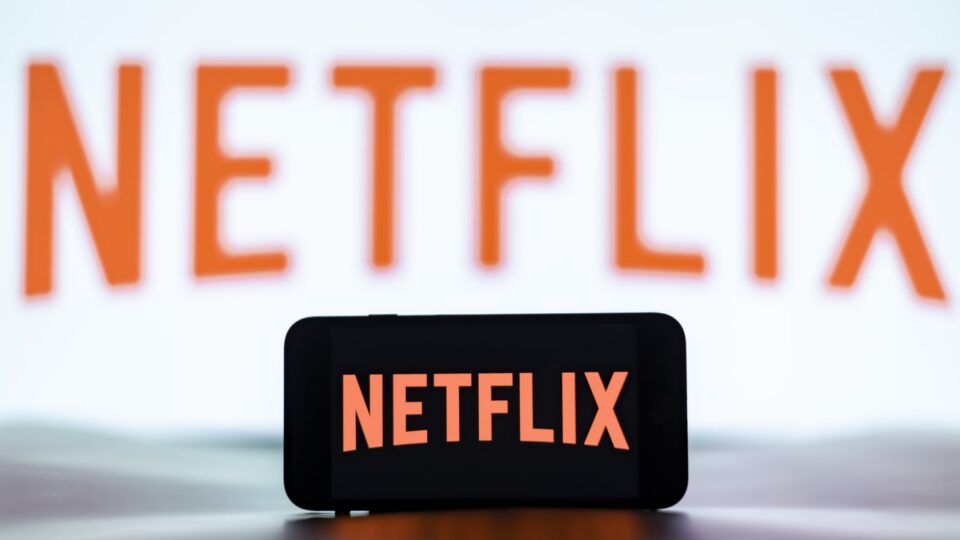Since the advent of streaming and the move of several tech giants into the entertainment space, one tool for assessing impact, reach, and viewership has been dearly lacking- hard, reliable data. While all the streaming companies have been playing close to their chest with their viewership numbers and other statistics, Netflix has been slightly more lenient with its data without ever revealing much at all. Now it seems that era could be at an end. Brandon Blake, our entertainment lawyer from Blake & Wang P.A., shares the exciting news.

Viewership Data Revealed
Last week Netflix caused something of a media stir when it released viewership data for about 99% of its full catalog, or 18,000 titles. The released figures covered viewing data from January to June of 2023. And we’ve been promised this semi-annual data reveal as a regular thing going forward. This builds on the stats we can pull from their existing Top 10 and Most Popular lists- but this time, we’re not confined to only their best-performing properties. Now we will get information on any title (both original and licensed) that crosses 50,000 hours viewed in 6 months.
It’s hard not to see this as a response to both the increasing pressure from Hollywood Unions for clearer data as well as new demand from advertisers. We’ve already seen how SAG-AFTRA’s fledgling attempt to expand the residual system to streaming will rely on considerably better facts and figures than we’ve had to date. On the advertising side, it’s a more subtle pressure. With ad-supported pricing tiers becoming a key component of the streaming ecosystem, advertiser demands for clear, actionable demographics and data will only grow. No one wants to waste their hard-earned advertising budget speculatively, after all. While Netflix’s Ted Sarandos was keen to downplay advertiser enticement as a reason behind the policy shift, it’s not all that believable.
The End of an Era?
This continued lack of transparency in streaming data has been an industry sticking point for a while. Playing their fact-driven cards close to their chests may have brought the nascent streaming industry some power, but as we’ve outlined above, the sentiment is shifting fast. While it may be tempting to focus on the union demands we’ve seen this year, it’s almost inevitable that it is the purchasing power of those advertising bucks that have finally succeeded in cracking the data vault open- at least a little.
While often under fire for its tight-lipped stance on its data, Netflix has been one of the most forthcoming streamers to date. Its Top 10 lists may not have given us much to work with, but it’s still considerably more than other streaming platforms have volunteered. Even Sarandos found space in his conference speech to address the distrust this has (inadvertently) caused in the industry, from producers to advertisers alike.
The need for a strong, comparable benchmark to the kind of viewership transparency linear TV has been offering for decades has been a sticking point across the industry since streaming became the default broadcast method. The new 6-month report uses the ‘hours viewed’ statistic Netflix has been moving away from in its other releases. And it still leaves some questions around length bias (series are heavily favored over movies in this system due to their length). But it’s certainly a great start. Hopefully, we will see other streamers crack open their coveted data banks soon, too.

